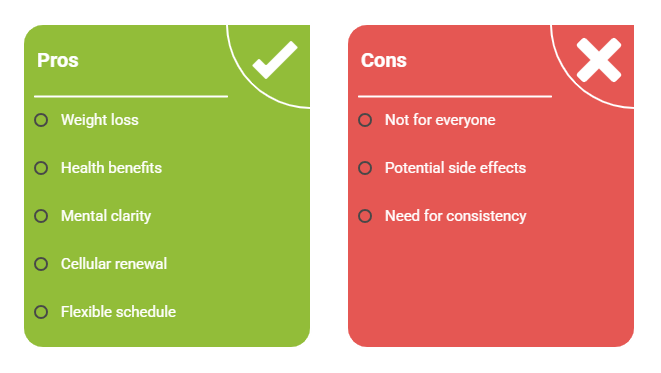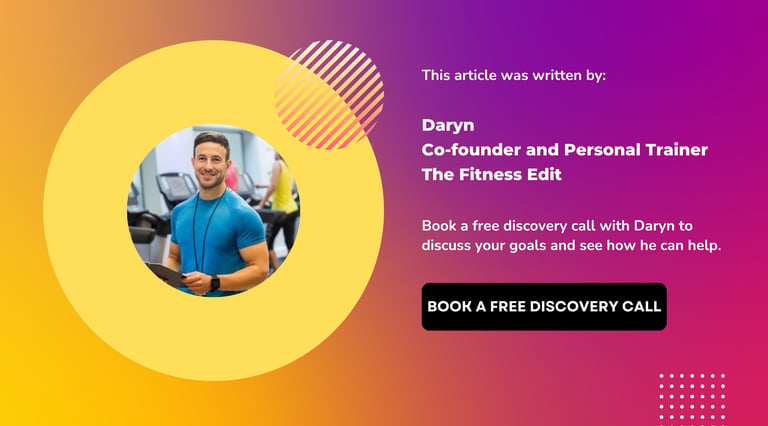Intermittent Fasting 101: A Beginner’s Plan to Lose Weight Safely
Learn how intermittent fasting can help you lose weight with an easy fasting schedule. Discover beginner tips, fun facts, and science-backed advice for safe and lasting results.
Daryn B
8/5/20253 min read


Losing weight can feel overwhelming when every diet seems to demand endless meal prep or complicated rules. Intermittent fasting offers a simple pattern: eat within set hours and fast for the rest, which fits into busy lives while helping you lose weight and improve health. Studies show that limiting eating to a daily window of 8 to 12 hours can reduce calorie intake and trigger metabolic benefits without counting every calorie.
One of the most popular approaches is the 16:8 schedule: fast for 16 hours and eat during an eight-hour window. Beginners often start with a gentler 12-hour fast (say, from 7 pm to 7 am) and gradually shift toward longer fasts. Another method, known as 5:2 fasting, involves eating normally five days a week and reducing calories to about 500–600 on two non-consecutive days. Whichever plan you choose, the key is consistency and finding a fasting schedule that fits your routine and energy needs.
Here’s a fun tidbit: Nobel-prize winning research on autophagy, which is the body’s way of cleaning out damaged cells, links fasting to enhanced cellular renewal. Although most autophagy studies are in animals, early human trials suggest regular fasting periods may support healthy aging and fat loss simultaneously.
Beyond weight loss, intermittent fasting can improve insulin sensitivity and lower inflammation. A 2019 review in the New England Journal of Medicine found that time-restricted eating can help regulate blood sugar and reduce risk factors for heart disease. For many people intermittent fasting also boosts mental clarity as some report sharper focus during the fasting window, likely due to stable blood sugar levels.
To get started, choose your fasting window and stick to water, black coffee or herbal tea during fasting hours. When you break your fast, aim for balanced meals with protein, healthy fats and fiber-rich vegetables to keep hunger at bay. For example, a veggie omelette with avocado or grilled chicken and steamed greens makes a satisfying first meal. Over time you may notice fewer cravings, steadier energy and gradual weight loss without feeling deprived.
Safety first: intermittent fasting is not recommended for pregnant or breastfeeding women, anyone with a history of eating disorders or those with certain medical conditions. Always check with your healthcare provider before beginning any fasting regimen. If you feel dizzy, overly irritable or excessively hungry, dial back the fasting window or switch to a gentler approach.
By adopting a flexible fasting schedule and focusing on nutrient-dense foods you can lose weight safely and sustainably. Intermittent fasting is not a quick fix but a lifestyle tweak that, when done correctly, offers science-backed benefits and the freedom to enjoy life without constant meal planning.
Kickstart your weight loss in 7 days with this simple, FREE guide to stop the guesswork, boost your energy, and build healthy habits that fit your busy life.
Further reading on The Fitness Edit: '20 Health Facts That Will Transform Your Wellness Journey.'
You can also read about 'Top 10 Weight Loss Mistakes.'
References:
“Intermittent fasting: What are the benefits?” Mayo Clinic. https://www.mayoclinic.org/healthy-lifestyle/nutrition-and-healthy-eating/expert-answers/intermittent-fasting/faq-20441303 Mayo Clinic
“Intermittent Fasting: What is it, and how does it work?” Johns Hopkins Medicine. https://www.hopkinsmedicine.org/health/wellness-and-prevention/intermittent-fasting-what-is-it-and-how-does-it-work Hopkins Medicine
“Effects of Intermittent Fasting on Health, Aging, and Disease,” New England Journal of Medicine. https://www.nejm.org/doi/full/10.1056/NEJMra1905136 en.wikipedia.org
The information provided in this blog post is intended solely for informational purposes. It is not meant to replace professional medical advice, diagnosis, or treatment. Consult health care providers for personalised medical advice and treatment options related to specific health concerns.


© 2025 Elevate Wellness Co. Pty Ltd. All rights reserved




